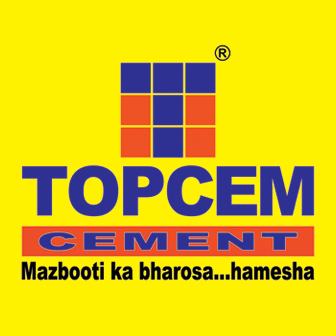IIT-Guwahati student develops affordable water quality monitoring device
Guwahati: A student of the Indian Institute of Technology Guwahati (IITG), Satyam, of the Department of Biosciences and Bioengineering, has recently achieved a significant milestone by winning the “Best Product Design” award under the category of water and sanitation at the prestigious “Vishwakarma Awards 2023,” organised by the Indian Institute of Technology Delhi, in partnership with the Maker Bhavan Foundation and the WIN Foundation.

This competition aimed to identify and support the brightest minds in technology innovation from science and engineering colleges across India. The theme for 2023 was water and sanitation, clean technology and smart mobility. Compared to existing water quality monitoring devices, Satyam’s device R-SAM-PRO is highly cost effective and integrated with IOT.
Congratulating Satyam, Prof Sanjukta Patra, Department of Biosciences and Bioengineering, IITG, said, “It has been a remarkable journey witnessing Satyam’s dedication and innovation in developing the IoT-enabled water monitoring system. His project, a beacon of technological advancement, reflects a deep understanding of the challenges faced in water resource management, particularly in developing nations. The system’s affordability, accessibility and real-time data transmission capabilities are not just a testament to his technical prowess but also his commitment to societal betterment.”
The R-SAM-PRO device stood out among numerous entries as it comprehensively addresses critical water and sanitation needs with technological innovation, integrating IoT, multiple sensors and AI readiness for advanced water quality monitoring.
The system’s real-time data provision is crucial for environmental conservation and resource management. Its affordability and user-friendly design makes it highly accessible, with potential for widespread adoption, especially in resource-limited settings, significantly enhancing water quality monitoring practices.

Speaking about his innovation, Satyam said, “Our product’s impact on social communities lies in its affordability, accessibility and real-time data transmission capabilities. By providing a cost-effective, multi-parametric and IoT-enabled solution, we aim to empower communities and authorities with the tools needed for effective water resource management and remediation.”
“I was inspired by the critical issue of water pollution, especially in developing countries. My aim was to empower communities and authorities for effective water resource management,” Satyam added.
The key features of this award-winning IoT-enabled real-time water monitoring system are:
? Integrated GPS: Enables precise location tracking of water quality metrics.
? Diverse Sensors: Measures turbidity, Total Dissolved Solids (TDS), oxygen levels, temperature and pressure for a comprehensive water quality analysis.
? ESP32 Microprocessor: Powers the device with efficient processing and communication capabilities.
? Hybrid Power System: Ensures adaptability to different environments, reducing reliance on a single power source.
? AI Integration: Designed to incorporate artificial intelligence, enhancing data analysis and predictive capabilities.
? Advanced Data Retrieval: Streamlines access to collected data for user-friendly interactions with various stakeholders.
Speaking about the project’s future prospects, the innovators said, “Over the next 1-7 months, our goals are to enhance our device by integrating more sensors, ensuring market readiness with necessary certifications and approvals. We envision expanding our impact by reaching a broader audience and contributing significantly to sustainable water resource management on a global scale.”


